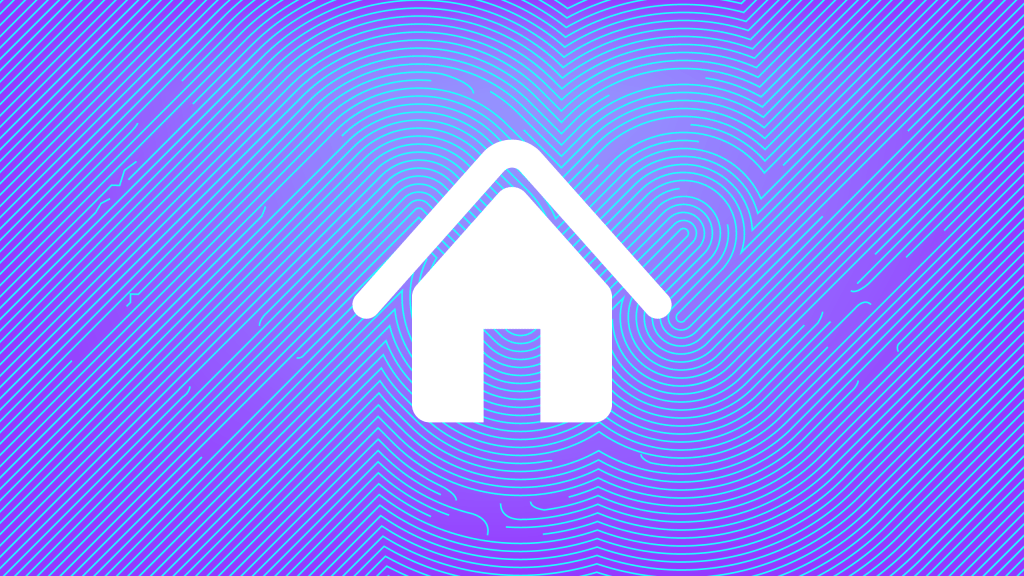The Internet of Things (IoT) has metamorphosed over the last few years. In the future, its applications will no doubt impact industry, urban development, healthcare, agriculture and other major ecosystems. Gartner projects there will be 6.4 billion connected things in use worldwide in 2016 (a 30 percent increase from 2015), and that the market will grow to 20.8 billion by 2020.
While IoT will undoubtedly affect all sorts of global infrastructures, one of its prime applications is within the private home. By definition, a “smart home” is a house that incorporates advanced automation systems to provide the inhabitants with sophisticated monitoring and control over the building’s functions. A smart home may provide its owners with control of lighting, temperature, multi-media, window and door operations and security, as well as the ability to automatically replenish various supplies.
True replenishment automation depends on the manufacturer’s ability to incorporate secure payment options within a preset refill process, enabling the system to complete the entire acquisition cycle without any user involvement.
Smart payments for smart appliances
Several smart devices displayed at the recent CES show in Las Vegas feature the ability to replenish and pay for supplies automatically. For example, Samsung’s Family Hub refrigerator features an LCD screen that doubles as a communication center that can connect to Bluetooth wireless speakers. Three interior cameras capture images every time the fridge door closes, thereby enabling it to take stock of its contents and transmit them to the user’s smartphone.
Consumers can select their needed items from various online grocer and key integration partners. The final shopping list is secured with a four-digit pin. Items are then paid for in a simple, single checkout experience that accepts U.S.-issued credit and debit cards.
Amazon Dash embedding enables Whirlpool’s 2016 line-up of dishwashers, dryers and washers to order necessary supplies when you are running low. Amazon Dash buttons connect users with specific brands. For example, if you place an Ariel-branded Dash button on your washing machine, you can refill your laundry detergent with products from a given supplier. Users can connect the Whirlpool app to an Amazon account, enabling automatic payment capabilities.
Your bright future might well contain a super cool synergy of Star Trek, Star Wars, James Bond and the Jetsons, with cars that fill up an empty tank and pay for gas automatically, not to mention sophisticated bots that can handle all of your shopping errands, from list preparation to finalizing payments. And maybe there will be spaceship shuttles with prepaid debit cards, too.
So what could possibly go wrong?
What could go wrong, you ask? As it happens, quite a lot.
For one thing, many of today’s smart appliances (like the Samsung refrigerator and the Whirlpool dishwasher) only enable consumers to hook up with certain suppliers, limiting you to their products, payment methods and price ranges. By hooking up automatically, you are actually depriving yourself of the option to search for timely special offers or use different payment options.
Another problem is that many of these smart systems rely on Internet connection, Wi-Fi or Bluetooth to place and pay for orders. Several questions arise, like what happens if the Internet is down, your Wi-Fi is iffy or your Bluetooth isn’t working?
Say your appliance placed an order but didn’t have the chance to complete the payment — does your appliance remember that? What if the system fails in the middle of the payment process? How do you know if the payment actually went through? Will the appliance stop washing dishes or doing laundry because it is connected to external systems that are currently disabled?
Unless there are clear answers to these questions, what was supposed to be a really exciting convenience for homeowners may turn out to be a colossal headache that needs constant user attention.
Security is another major consideration. Many consumers are still hesitant about various evolving disbursement methods, such as mobile payments, due to their fear of cyber breaches. One ongoing concern is that fraudsters will be able to hack into appliances’ systems and gain crucial payment data, such as credit card numbers and PINs. Even more frightening is the possibility that cyber attackers will be able to penetrate smart security systems and virtually unlock a home’s doors and windows.
The smart home: “nice-to-have” or “must-have”?
Will the self-replenishing home take off in a big way or will it remain a “nice-to-have” option for techie geeks? Smart appliances must offer households real added value and complete peace of mind when it comes to usage, easy and secure payments and system reliability. Otherwise, the typical household is likely to feel much more secure and better off in their old-fashioned “dumb home.”































Comment